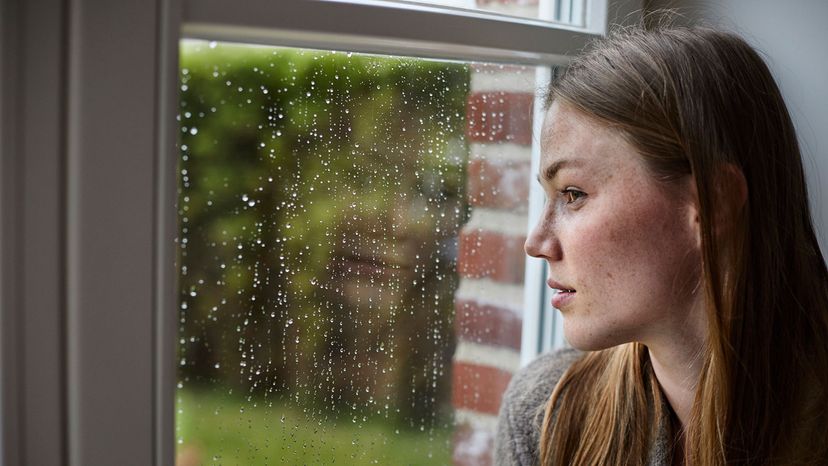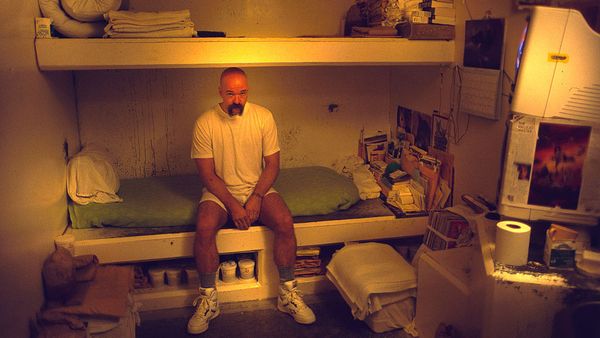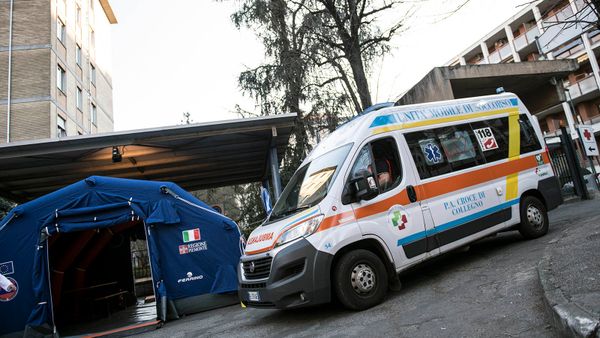
Whether you're officially quarantined or just hunkering down at home, the COVID-19 pandemic has the world on lockdown. If you haven't left your house or had a meaningful face-to-face interaction in weeks, you might wonder, is this what it feels like to be on house arrest? Or do even convicted felons have more freedom than folks who are self-isolating from the coronavirus?
"That's not an inappropriate observation," says Marjorie Peerce, a criminal defense attorney and partner at Ballard Spahr in New York. "The difference is that if you violate social distancing guidelines or take a drive when you're not supposed to, you won't get taken to jail. There are real consequences for somebody who violates home confinement rules that would not apply to you."
Advertisement
"Home confinement" or "home detention" are the official legal terms for house arrest, which is a special type of sentence or condition of release imposed by a judge in criminal cases. While every case is different and state laws vary, court-ordered home confinement is not that different from what many people are experiencing in regions of the world hardest hit by COVID-19.
The terms of each home confinement sentence are laid down by the judge, who decides how much contact the detainee is allowed to have with the outside world. Peerce says that some people on house arrest can't even stray as far as their front porch, while others are allowed to leave during the day for work or grocery shopping as long as they're back at the house by a set curfew.
But even the most "lenient" court-ordered home detention is still a punishment, Peerce insists.
"It is confinement. You are locked in. It is not a life of luxury. Liberty is curtailed," says Peerce. "A judge is controlling when you can and cannot leave your home."
Advertisement

